Getting Started On Your Food Storage
Getting started on your food storage doesn’t need to be a scary, daunting task. It is an adventure that pays off! One of the best forms of insurance that you can have is a well-stocked pantry that allows you to NOT worry when emergencies occur.

The steps for doing this are easy regardless of your budget. Everyone can create a short term and long term pantry. There is a method to the madness and I hope that the following steps will help you through the process until it becomes second nature.
- Take inventory of what you have now. Not only in your cabinets but your fridge and freezer too. You may also want to consider your non-food items like trash bags and toilet paper. One of the things that will help you break down your inventory into manageable segments is our #projectpantry organizational system. This is a no-frills system that will help you take into consideration every aspect of your pantry.
- Track what you use for one week. 7 short days will either confirm or dispel what you actually use. You may think that you don’t use much ketchup only to discover that you go through a bottle in a week.
- Don’t forget those beautiful pets! Tracking their food and having a backup supply is also important.
- Pick a space in your home to place your food storage. Spare rooms, closets, under beds. No place is off-limits so long as it is cool and dark. No extreme temps and no direct sunlight.
- Emergencies are not the time and place to experiment with food choices. Only stock up what you eat. If you’re not a family who enjoys eating beans now, you won’t enjoy them during an emergency when you ‘ll be under the gun to learn how to cook and like consuming them.
- Comfort foods my friends. Don’t forget to stock some comfort foods like chocolate, hard candies, even peanut butter chips can change a stressful moment into a tolerable one.
- Coffee! Need I say more? If you’re a coffee or tea drinker, you know that having a backup supply can mean the difference between life and death. Ok, maybe not that extreme, but real close.
- Don’t forget to spice things up. Stock up on your basic spices that you know you’re family enjoys. Just like food storage, emergencies are not the time to experiment with spices. Stock what you use.
- Oils make a difference. Build up a stockpile of your favorite cooking oils too. Olive oil, lard, coconut oil are all necessary with some recipes and in some pans. Making sure that you have a back up of your favorite oils is necessary.
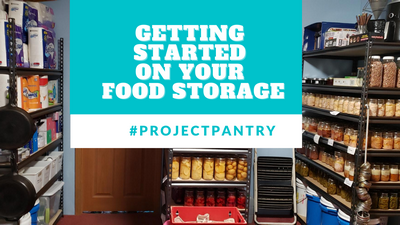

Building Your Food Storage
Print off this easy to use list to help you begin the journey of creating your food storage.
Video
Notes
- Take inventory of what you have now. Not only in your cabinets but your fridge and freezer too. You may also want to consider your non-food items like trash bags and toilet paper. One of the things that will help you break down your inventory into manageable segments is our #projectpantry organizational system. This is a no-frills system that will help you take into consideration every aspect of your pantry.
- Track what you use for one week. 7 short days will either confirm or dispel what you actually use. You may think that you don’t use much ketchup only to discover that you go through a bottle in a week.
- Don’t forget those beautiful pets! Tracking their food and having a backup supply is also important.
- Pick a space in your home to place your food storage. Spare rooms, closets, under beds. No place is off-limits so long as it is cool and dark. No extreme temps and no direct sunlight.
- Emergencies are not the time and place to experiment with food choices. Only stock up what you eat. If you’re not a family who enjoys eating beans now, you won’t enjoy them during an emergency when you ‘ll be under the gun to learn how to cook and like consuming them.
- Comfort foods my friends. Don’t forget to stock some comfort foods like chocolate, hard candies, even peanut butter chips can change a stressful moment into a tolerable one.
- Coffee! Need I say more? If you’re a coffee or tea drinker, you know that having a backup supply can mean the difference between life and death. Ok, maybe not that extreme, but real close.
- Don’t forget to spice things up. Stock up on your basic spices that you know you’re family enjoys. Just like food storage, emergencies are not the time to experiment with spices. Stock what you use.
- Oils make a difference. Build up a stockpile of your favorite cooking oils too. Olive oil, lard, coconut oil are all necessary with some recipes and in some pans. Making sure that you have a back up of your favorite oils is necessary.
Tried this recipe?Let us know how it was!

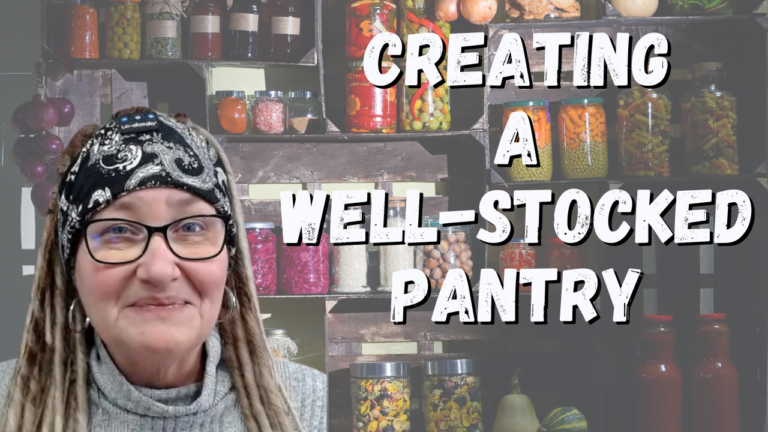
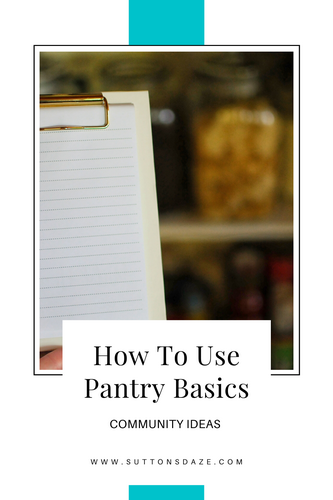
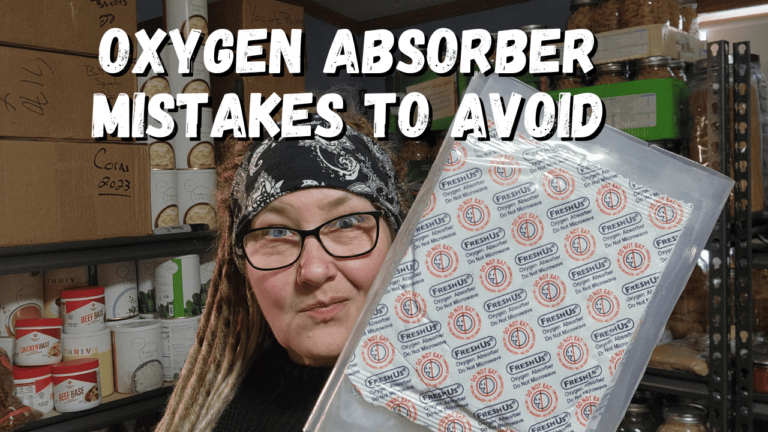

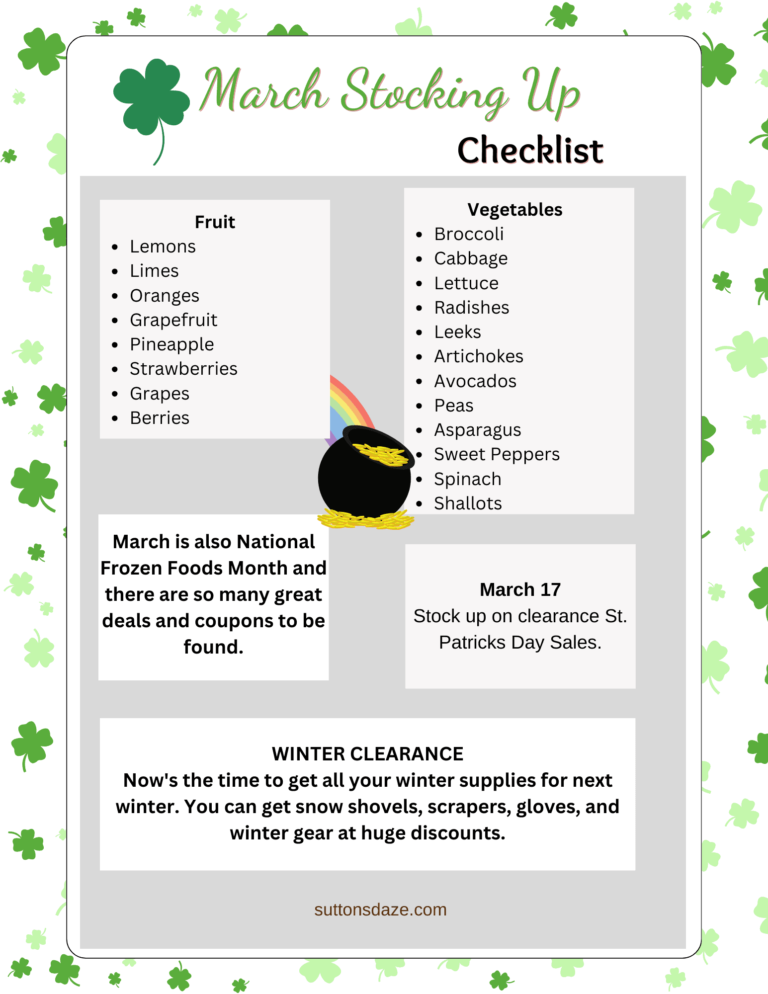
Loved it
Hello Leisa –
I am trying to find the link for the Berkey water filter system you purchased. Can you please share it with me?
Thank you 🙂
Where do I find your inventory list of pantry and consumables list? Not sure how to start. Love your down home is what it is attitude!!
https://www.etsy.com/shop/SuttonsDazeCreations
Can you speak to storing bacon fat? I am finding all sorts of opinions and would like to know the safe way to long-term store my lovely bacon fat that’s left in my pans after cooking bacon in the oven! Thank you!